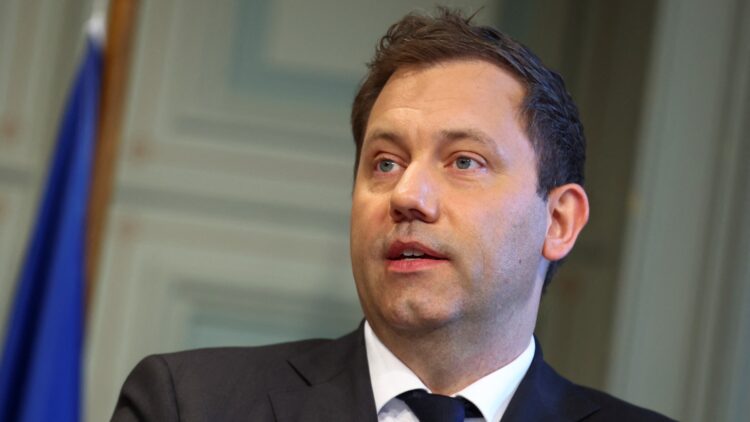A joint matter of opinion
What are the EU’s thoughts on this matter
Some members of the 27-country bloc argue that joint debt could help fund the massive EU-wide spending plans that the Commission is seeking, allowing cheap borrowing. Common borrowing was first used by the EU to help countries pay for the recovery from the coronavirus pandemic. But then, as now, countries such as the Netherlands,
Germany and the Nordics resented having to pay for poorer southern countries that they see as lacking fiscal discipline. Swedish Finance Minister Elisabeth Svantesson said the joint debt to deal with the pandemic was exceptional. Elisabeth Svantesson is a politician of the Moderate Party. She assumed office during October 2022 and serve under Prime Minister Ulf Kristersson.
Her previous position was for that of Minister of Employment as from 2013 to 2014. “For us and for the whole parliament, from left to right, it was that we did that once. And that was not to be repeated,” she told Reuters.
A negative connotation to borrowing
Danish Minister of Economic Affairs Stephanie Lose said joint borrowing was sometimes presented as being the answer to all problems, but that it was important to remember the money would have to be repaid. German Finance Minister Lars Klingbeil told Reuters on Thursday that the EU had joint debt in what was a crisis situation, but this was not appropriate for resolving the bloc’s finances.
“Fortunately, we are not in such a crisis right now,” he said. The 27 nations agreed in 2020 to jointly borrow 800 billion euros for the Next Generation EU program, the bloc’s pandemic recovery plan. Heinen agreed that fund was a one-off, adding, “never again”. “When that fund was being set up, the Netherlands already said, be careful, because one day that bill will be presented, and that’s the moment we’re in right now.”
In situations such as these, especially where there are so many differing opinions, it is always wise to try and understand the methodology behind this system. The first step that is usually followed is for the European Commission to raise some money on behalf of the EU. This is done by borrowing on different capital markets (issuing EU bonds). With money in hand, this will be utilized to finance some critical investments. This is accomplished by spending it directly at the EU level, or being offered as a loan to member states, which will then eventually be paid back to the Commission. If the money is offered as a grant to a member state, does not need to be repaid.
GCN.com/REUTERS.


